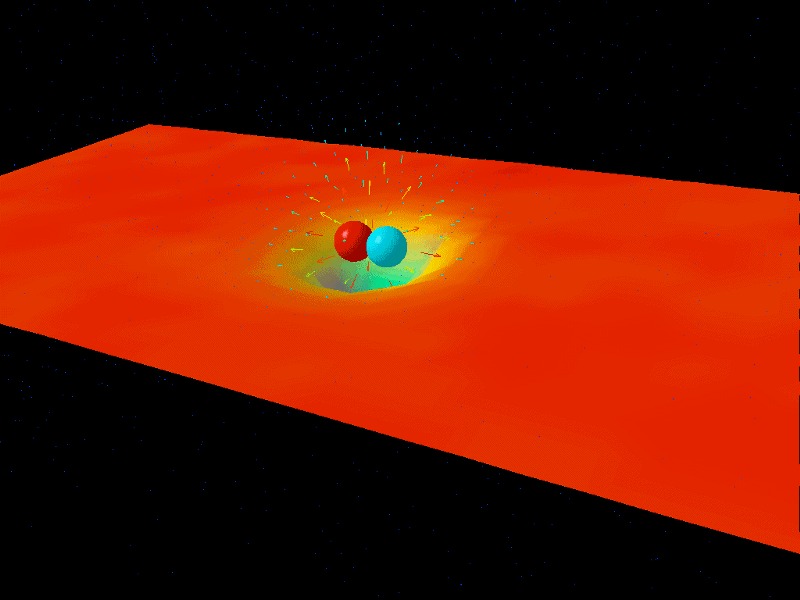# 27/07/2025 Dia chuvoso...
Dr. Sérgio de Paula Ramos enviou-nos hoje pela manhã esta bela imagem de uma Saira-Lagarta verde- amarela, para um grupo de membros da nossa Academia Sul-Riograndense de Medicina, foto recentemente feita na companhia do confrade Jorge Neumann. Parabéns!...
# Dia dos Avós, teria sido ontem
2025 - Neto 1951 - Avô 1916 - Bisavô
O mais novo de meus netos, Eduardo, formado pela Universidade de Roma, chegou há dois dias para a formatura pela UFRGS da irmã, Júlia, minha primeira neta. Meu filho, Professor Luiz Eduardo, pai dele, contou-me que este diploma é um de seiscentos mil, da Universidade que tem setecentos anos...
Achei a fisionomia dele, e o olhar, parecidos com o bisavô dele, Bortolo (*28/10/1898+19/11/1977), avô do pai dele, e meu pai (quando tinha 18 anos, serviço militar).
Achei a fisionomia dele, e o olhar, parecidos com o bisavô dele, Bortolo (*28/10/1898+19/11/1977), avô do pai dele, e meu pai (quando tinha 18 anos, serviço militar). Tenho mais dois netos entre os dois já citados: o Pedro Martin na Universidade de Santa Maria e o Antônio na nossa Universidade e nas nossas Orquestras. Em próximas edições eles aparecerão.
| ||||
| ||||
COMPUTATIONAL COMPLEXITY | ALL TOPICS
Quantum Scientists Have Built a New Math of Cryptography
By BEN BRUBAKER
In theory, quantum physics can bypass the hard mathematical problems at the root of modern encryption. A new proof shows how.
Read the article
|
#Scientists discover two drugs already
approvedby the FDA can reverse Alzheimer's
Two drugs already approved by the FDA for cancer treatment may hold the key to reversing Alzheimer's disease in patients, experts say.
Researchers from the University of California, San Francisco (UCSF) believe that letrozole, a hormone-based breast cancer drug, and irinotecan, a lung and colon cancer chemotherapy medication, can help reverse brain damage caused by the incurable neurodegenerative disease. /.../


























